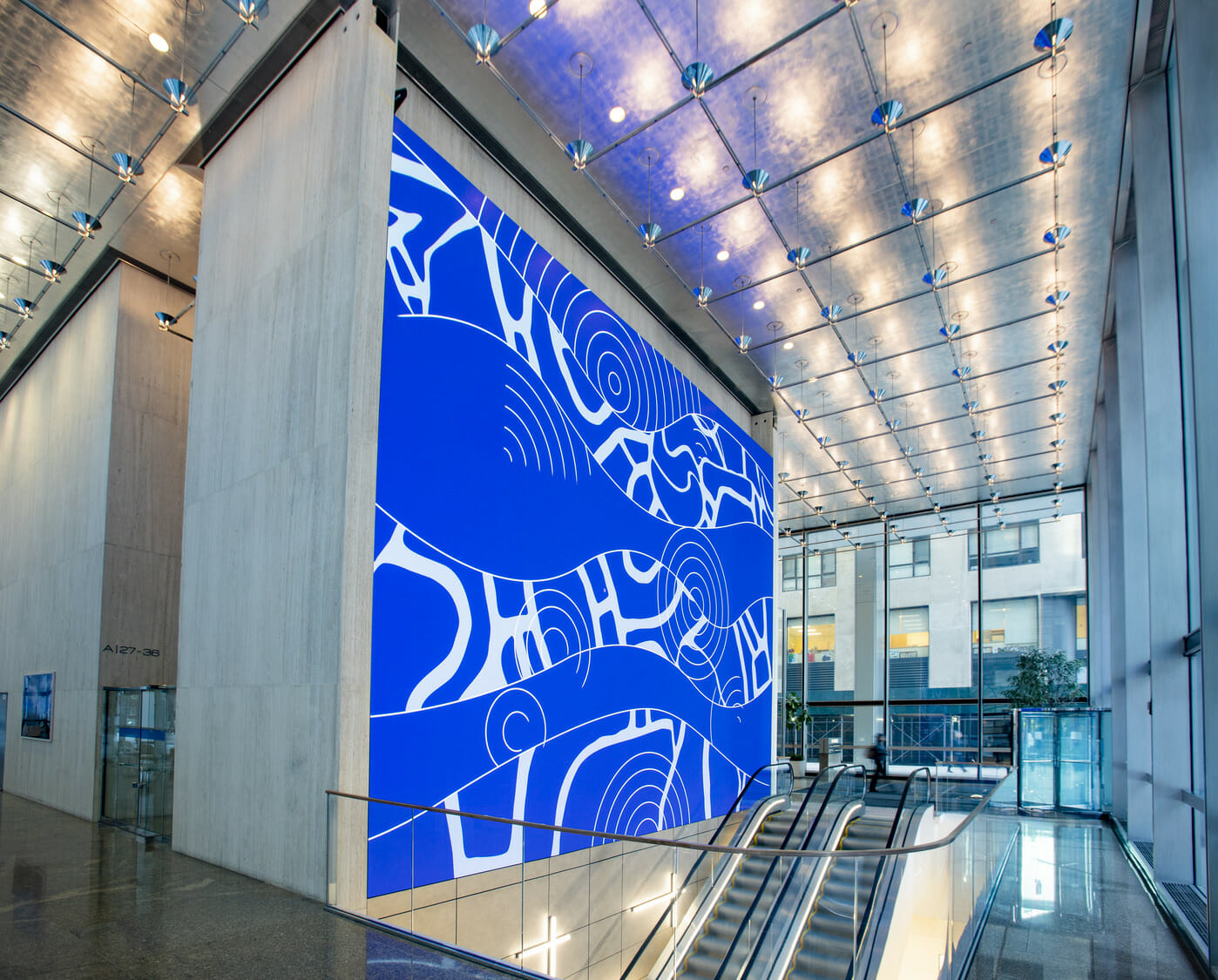Analyzing the Role of Tonal Contrast Ratios on Optical Resolution and Viewer Cognition
Wiki Article
Contrast ratios are an important concept in graphic composition and human interpretation. They refer to the difference in luminance between the lightest and darkest parts of a visual interface. A greater brightness level means that there is a larger differentiation between light and dark areas, which can significantly affect how easily we see images, text, and other visual elements. This is particularly vital when considering how people with different visual abilities interpret data. Comprehending brightness ratios enables designers create more effective interfaces, whether for websites, promotions, or instructional materials.

The importance of contrast ratios can be seen in multiple contexts, such as televisions, computer screens, and mobile devices. In these devices, a high contrast level enables sharper images and clearer content. For example, when watching a movie or engaging in interactive media, high contrast can improve the viewing experience by making elements more distinct. This is also true for reading text on screens; a pronounced difference between the text color and background color can reduce visual fatigue and enhance readability. As people engage with digital media regularly, creators must prioritize optimal visual balance settings to promote comfort and clarity.
Different populations may perceive visual contrast levels in distinct ways. For individuals with sight impairments, such as color blindness or low vision, adequate visual separation is essential for comprehending content presented visually. Designers must account for these differences when developing content. Tools like contrast analysis tools can assist evaluate whether the selected colors provide enough distinction for all users. By ensuring proper visual this website standards, professionals not only render their output inclusive but also reflect inclusivity in their designs.
In addition to accessibility considerations, contrast ratios play a crucial role in visual design quality and overall user experience. A well-designed interface uses color combinations that not only attract focus but also lead visitors through information smoothly. For example, emphasizing key controls or elements with contrasting hues enables individuals move through effortlessly. When viewers are able to differentiate between varied components on a display, they are more likely to engage with the material and perform actions effectively.
Ultimately, as digital innovation look at here continues to advance, the relevance of comprehending visual contrast principles remains critical. Advancements in screen technology offer possibilities for even enhanced image sharpness. However, without careful consideration of how contrast affects human perception, advancements may not reach their full effectiveness. Visual professionals and technologists must remain updated about best practices related to visual contrast to guarantee that their designs stays impactful and intuitive across various platforms and devices. By prioritizing these principles, they can enhance communication and create a more visually inclusive online environment.